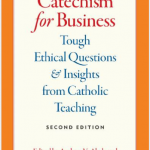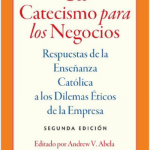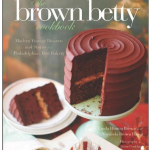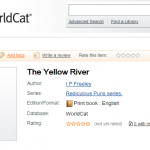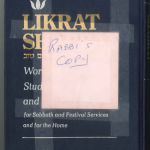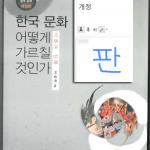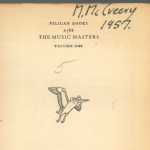Un catecismo para los negocios : respuestas de la enseñanza católica a los dilemas éticos de la empresa / Andrew V. Abela, Joseph E. Capizzi ; traducción, Francisco J. Lara. (OCLC #956991214)
While MARC 020 $a is for the ISBN for the particular item you are cataloging:
020 __ ǂa 9780813228877 (electronic bk.)
you can include more ISBNs in 020 $z (“Canceled/invalid ISBN”). This subfield is often used to include the ISBN of a different version of the title, such as an eISBN in a record for the print.
020 __ ǂz 9780813228860 (pbk. : alk. paper)
Today I found the ISBN for the (original) English version of this title in the record for its translation into Spanish:
020 __ ǂz 9780813228846
this was included in a $z because though it was structurally valid (correct number of digits, check digit matched), it was an invalid application, being for a different resource.
